10 Side Projects That Became Major Businesses
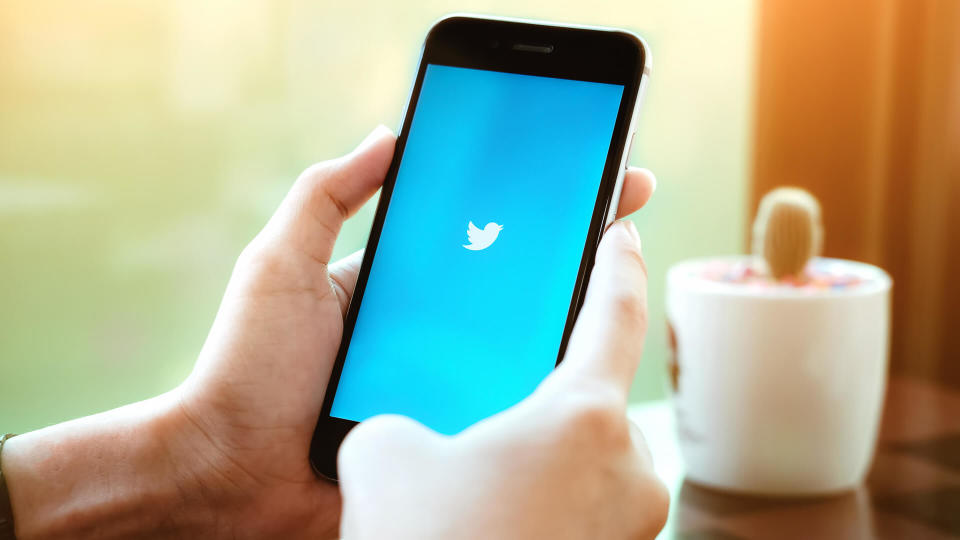
Most people take up side hustles to make some money on the side — a little extra cash to help make the ends meet. Others work side gigs as passion projects because they think that with a few investors and a little luck, their idea could turn into the next big thing. In other cases, that exact thing happens accidentally.
Read: The Classic Brands You Love Are In Trouble
Take a Look: Biggest Product Flops From 20 Major Companies
Either way, most side hustles are considered a success if they pad a household budget with some extra income. Other side hustles go on to change the world. If you’re a functioning human in the modern era, chances are good you use some of them every single day — in fact, you could be using one to read this right now.
From athleisure wear to social media, regular people working regular jobs used their spare time for side projects that turned into game-changers. Here are the top 10.
Last updated: June 14, 2021

Craigslist
With the exception of maybe the Drudge Report, no early internet pioneer from the 1990s remains as close to its original form as Craigslist. Its contemporaries, like Amazon and Google, have been in a state of constant evolution the whole time, reinventing themselves again and again. Proving the wisdom of never fixing something that isn’t broken, Craigslist looks and functions much like it always has.
It started as the side hustle of a tech worker named Craig Newmark — hence the name — who created an email list that his friends could use to meet people and buy, sell and trade stuff with locals in his newly adopted city of San Francisco. It generates over $1 billion in revenue a year and remains one of the top 20 websites in the U.S.
Options: 11 Best Lucrative Side Hustle Ideas: Earn More

If Craigslist is the most authentic and durable of all the side-hustles-done-well, Instagram is one of the biggest. Before Facebook — which started out itself as a dorm room side hustle — bought it for $1 billion, Instagram was the brainchild of Kevin Systrom and later, Mike Krieger. Both were 20-something Stanford graduates working other jobs to pay the bills.
Systrom was a self-taught coder who created an app called Burbn. The app allowed users to check into places, discuss their plans, and, most importantly, post photos. The magic happened when he and Krieger decided to focus the app solely on images. Burbn became Instagram and the two friends became very rich.
Try: 27 Most Lucrative Side Hustles for People Over 50
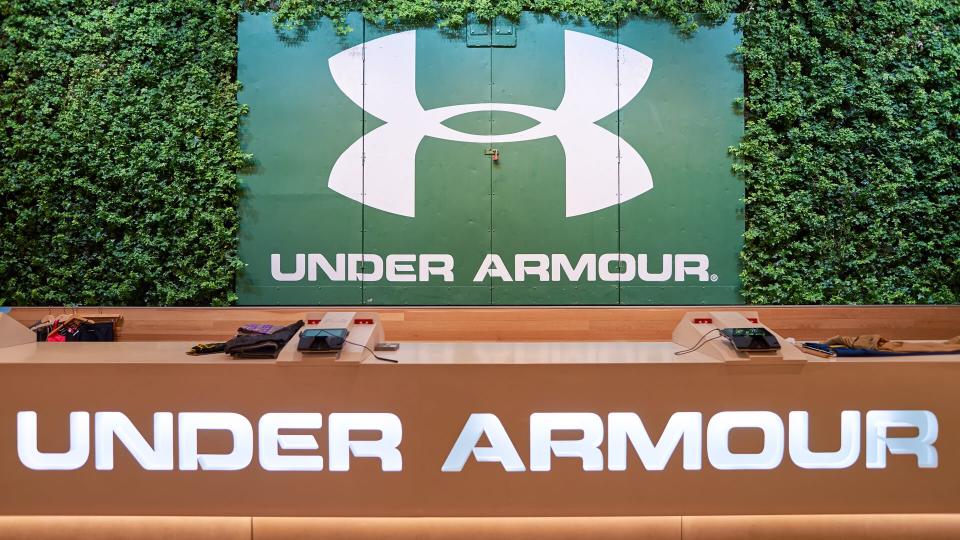
Under Armour
Under Armour is now a global apparel giant that does $4.8 billion in revenue, but the company’s roots can be traced to a college football practice in the 1990s. University of Maryland player Kevin Plank was tired of sweating through his cotton practice shirts and came up with an idea for a moisture-wicking athletic fabric made out of stretchable synthetics.
Plank turned the idea into a side hustle, maxing out his credit cards to come up with prototypes and to launch a business from his grandmother’s basement. His product caught fire when he began sending his apparel directly to some of his former teammates who had moved onto careers in the NFL.
Check Out: 25 Biggest Companies You’ve Never Heard Of
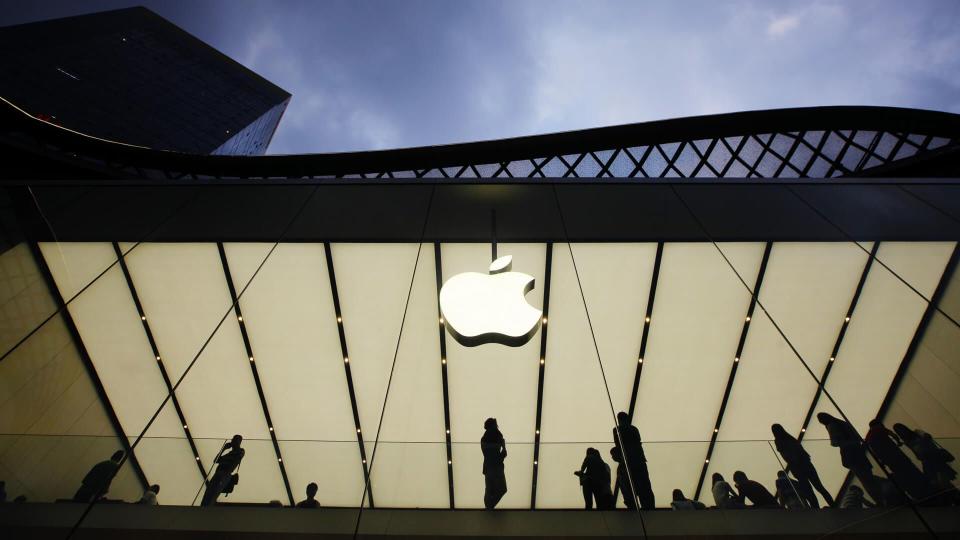
Apple
The late Steve Jobs was working at Atari in 1976 when he and his friend Steve Wozniak — an engineer at HP — built a computer in a garage in their spare time. Made from Atari parts, the device would go on to become the Apple I, a machine that would help usher in the era of personal computers.
It was the first product released by Apple, which would later develop a brand new kind of personal music player called the iPod, revolutionary music software called iTunes, and a device that would soon change the world called the iPhone.
See: Big-Name Brands That Have Been Around for More Than a Century

Spanx
Women’s shapewear giant Spanx emerged in 2000 as the brainchild of Sara Blakely. With a net worth of more than $600 million, she is one of the most successful self-made women in the world.
She was selling fax machines door to door for an office supplies company in the early ’90s when she got the idea for a new kind of apparel. The lightbulb moment came when she cut holes in her stockings for her feet to poke through one day. She began working on patents and prototypes and looking for manufacturers in her spare time. After doing well selling independently on the floor of Neiman Marcus stores, her brand broke out, became big with celebrities, and now Blakely is a celebrity herself thanks to “Shark Tank” fame.
Surprising: 14 Famous Companies That Aren’t Profitable

Instagram is hardly the only social giant that started as a side project. Jack Dorsey was a programmer working for the podcasting platform Odeo in 2005 when Apple shook the industry with the decision to include podcasts on iTunes. During this time, Dorsey was working on a side project called twittr, a site that would let users post short status updates. A year later in 2006, it became its own company — renamed Twitter — with Dorsey as the CEO.
A decade later in 2016, Twitter’s power was on full display when unlikely candidate Donald Trump used the platform to take control of his own messaging and win the presidency. Four years after that, Twitter flexed its muscles again when it effectively silenced an American president when it banned Trump from its platform.
Keep Reading: Fox News and 25 More Companies That Faced Public Backlash

Slack
If you work remotely, chances are good you’re familiar with Slack. The wildly popular business communication platform made headlines by reaching a valuation of $1 billion without a chief marketing officer and without spending a single dollar on advertising.
It was once the side hustle of Stewart Butterfield, who was hoping to build a communications platform for the massively multiplayer online role-playing game (MMORPG) market for a gaming company called Tiny Speck. What emerged instead was Glitch, which would go on to become Slack, the fastest-growing startup in history and the world’s most popular productivity and chat tool.
Others: Costco and 7 Other Popular Companies That Don’t Waste Money on Advertising
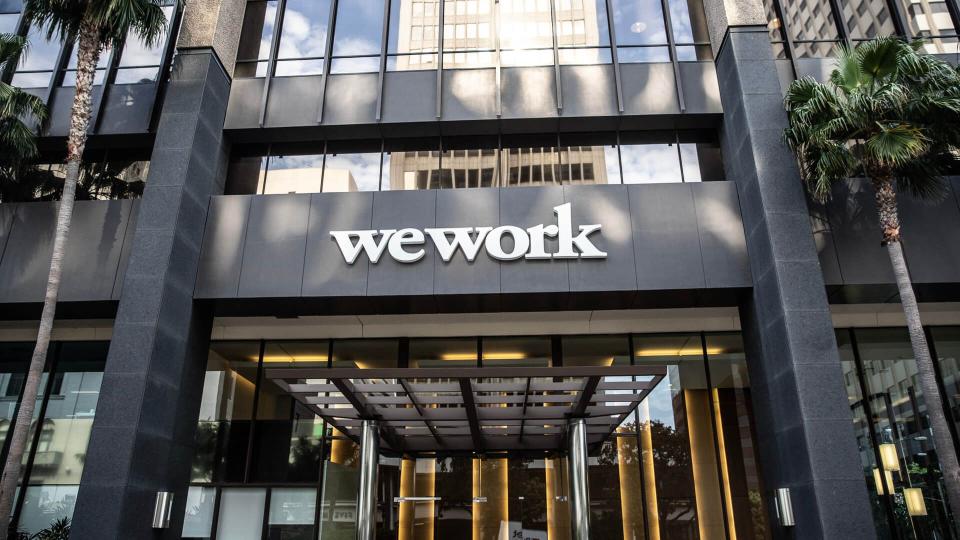
WeWork
WeWork is a commercial real estate company that specializes in providing flexible shared workspace. It started as a side hustle for a man making baby clothes. Adam Neumann’s company Krawlers operated out of the same building as architect Miguel McKelvey, both of whom noticed lots of primo real estate sitting empty.
While still at their day jobs, the duo began working on an app that in 2008 would become Green Desk, which let businesses rent space in that specific building. They sold that app to their landlord and then used the format as the basis for WeWork, which launched and went global in 2011. It has since been a story of incredible success — and scandal.
See: 15 of Your Favorite Companies That Have Gone Out of Business
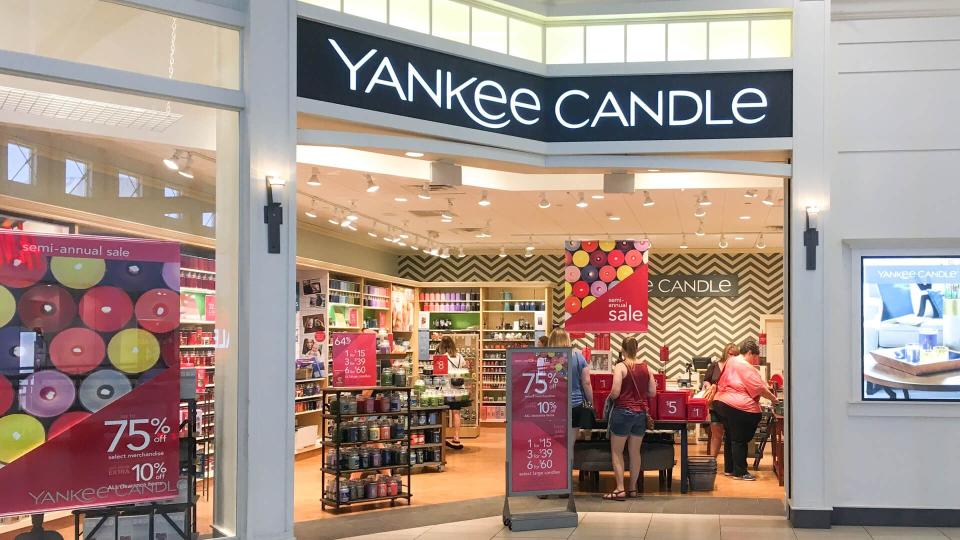
Yankee Candle
Yankee Candle has a network of stores all over the country and its products are sold in thousands of other stores nationwide. In 1969, Mike Kittredge was a 16-year-old kid when he made his mother a candle out of melted crayons because he was too broke to buy a gift. Neighbors noticed and requested some of their own, sparking young Kittredge to start making candles on the side.
The side hustle became a household name that dominated malls for decades. Today, Yankee Candle has 6,000 employees, 475 stores and 35,000 authorized retailers.
Check Out: 50 Brands With Lifetime Warranties
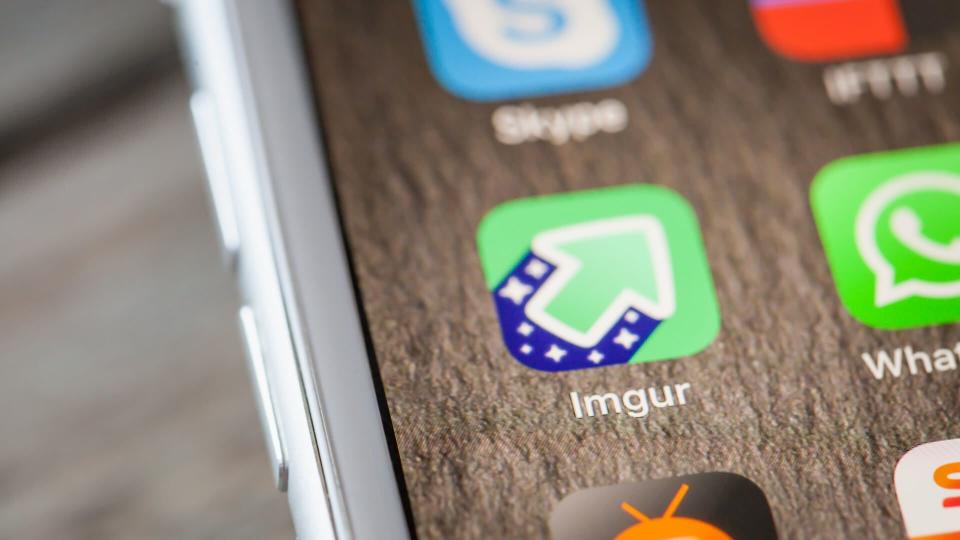
Imgur
Many companies on this site came to be accidentally after side-hustle-based experimentation caught fire. Not Imgur. Its founder, Alan Schaaf was a student at Ohio University in 2009 when he began a side hustle with a very specific purpose — to build an image uploader that could take on similar services that had usability problems. Today, it’s one of the top 100 websites in the U.S.
More From GOBankingRates
This article originally appeared on GOBankingRates.com: 10 Side Projects That Became Major Businesses

 Yahoo Finance
Yahoo Finance 